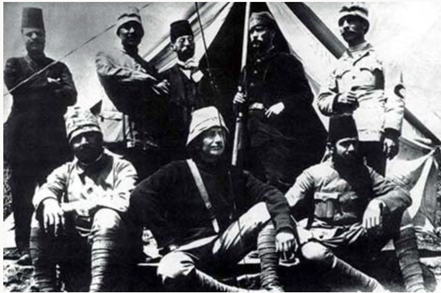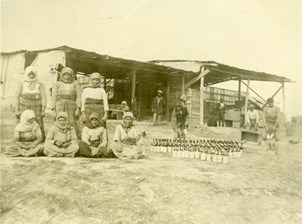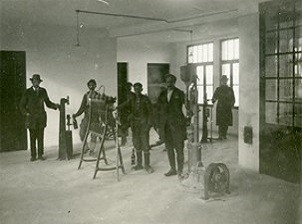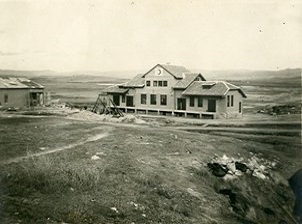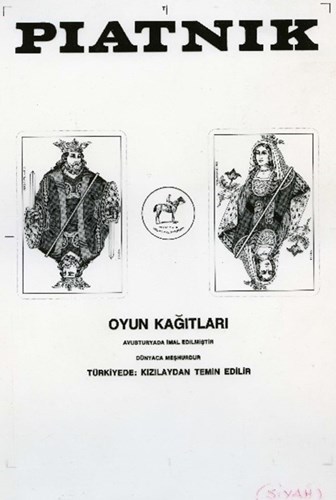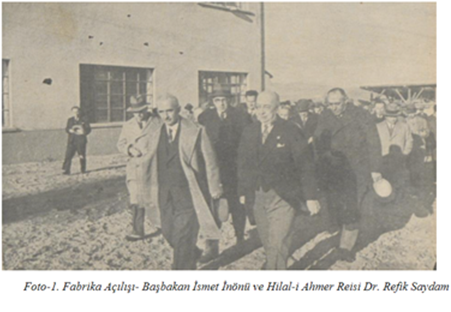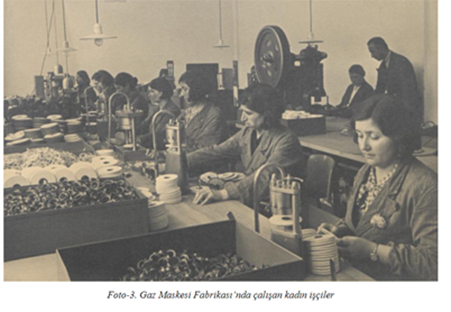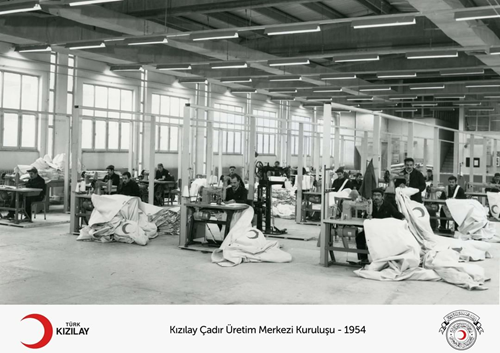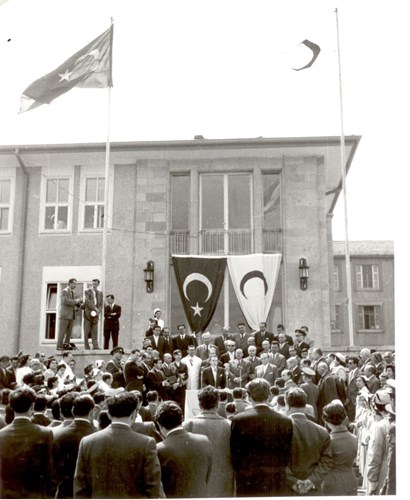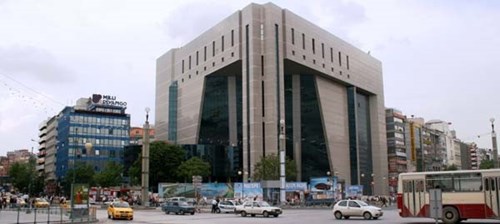1911
Bazaar of Compassion
Kızılay’s call of duty during wars ended with the Second Constitutional Era and its responsibilities became permanent. The information obtained during the meetings of the International Committee of the Red Cross and new developments paved the way for the diversification of Kızılay's duties. Accordingly, disasters and events such as earthquakes, floods and migration became part of Kızılay's scope of duty. Thus, more regular revenues were needed. However, donations were still the main source of revenue for Kızılay. The Bazaar of Compassion was organized as a charity sale by the wife of the Minister of Foreign Affairs, Rıfat Pasha who supported the efforts of the institution following the proclamation of the Second Constitutional Era; and 80 thousand Francs was collected. This was the first source of revenue apart from donations and the allocations of the State.
1912
Compassion Stamps
The first proposal to issue aid stamps was brought forward by Besim Ömer, who cited the practice of the American Red Cross. However, the proposal was not approved for fear of counterfeiting. Afterwards, (according to collector Haluk Perk) the Compassion Stamps project was put into practice due to the scarcity experienced during the Balkan Wars in 1912 and World War I in 1914. The first stamps cost 10 and 40 lira cents (kuruş) and they included various images, as well as the slogan "Vatana Muhabbet Yaralı Askere Muâvenet" (Love for the Homeland, Aid for the Wounded Soldier).
The Compassion Stamps practice continued during the republic era. As a matter of fact, it was proposed in 1924 that Compassion Stamps to be used instead of all other stamps on a day allocated to Hilal-i Ahmer. The proposal passed into law at the Parliament in 1926 and October 29, Republic Day was chosen as the day of Hilal-i Ahmer stamps.
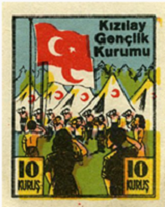
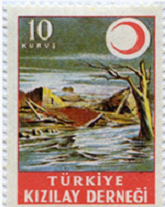
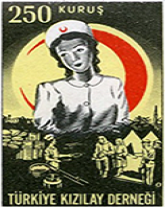
1912
Request and Proposal for Permanent Revenue
During the Balkan Wars, the importance of regular source of income was understood and started to be expressed out loud. At the beginning of 1910s, all countries had taken significant steps in this regard. Russia was giving its national Red Cross a share of the train ticket fees, while other countries were organizing large lotteries through the sale of stamps and postcards for their national Red Cross organizations. Furthermore, the Serbian government granted the privilege of running the Palanka mineral water to the Serbian Red Cross, thus allowing it to have a regular source of revenue. Besim Ömer Pasha, then Vice President of Hilal-i Ahmer, brought similar privileges to the agenda. As a matter of fact, it was requested to have an appropriate annual budget allocated from the Ministry of War and the Ministry of the Navy.
1913
Hilal-i Ahmer Flower Day
Taking notice of the examples from other countries, Hilal-i Ahmer took action to organize the Hilal-i Ahmer day to provide resources for the Association. To that end, August 4, 1913 (Ramadan 1, 1331 according to the Islamic calendar), the first day of Eid al-Fitr was chosen. The goal was to collect donations by selling Hilal-i Ahmer flowers on crowded streets and squares on Hilal-i Ahmer day. The first Hilal-i Ahmer day was celebrated on the first day of Eid al-Fitr in 1913 and 549 liras were collected through donations. As of 1914, the Center for Women undertook the distribution of flowers and the revenues increased. For Hilal-i Ahmer Flower Day, women were calling: “In the coming Eid, we are all going to become ‘Hilal-i Ahmer florists’.”
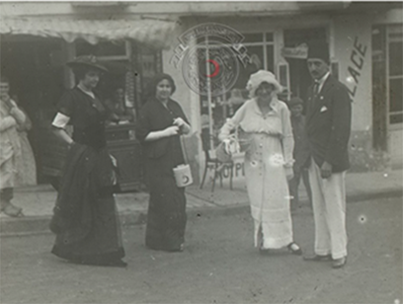
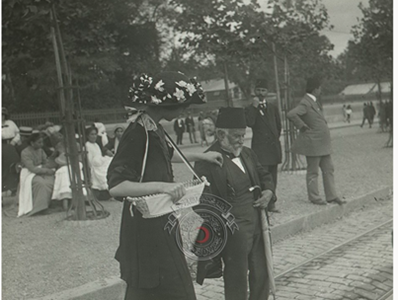
1913
Center for Women, House of Production
The atelier of Hilal-i Ahmer's Center for Women opened on August 7, 1913. Here, volunteering women taught women with no families and young girls needlecraft. Apart from meeting the military's needs in this regard, products bearing embroidery that reflected the high-quality handicraft of the Eastern culture were manufactured and sold for revenue.
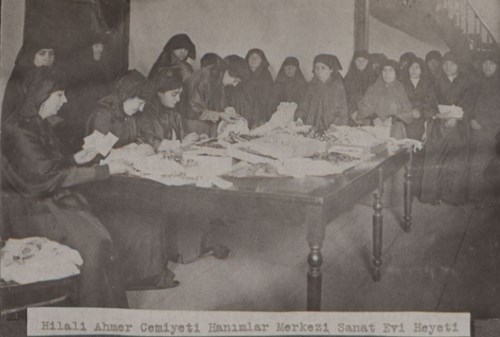
1913
First Hilal-i Ahmer Postcard, Notebook, and Poster
The first postcard of Hilal-i Ahmer was issued in 1913. This practice became more widespread during World War I. In 1913, notebooks containing texts and images that introduce Hilal-i Ahmer, as well as pencils bearing the logo of Hilal-i Ahmer were put up for sale. Posters prepared by doctors and titled “Until the Doctor Arrives” containing the most important first-aid information, were printed.
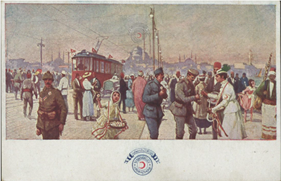
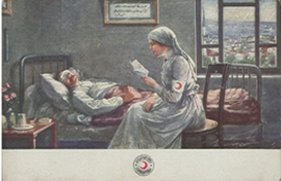
1913
First Hilal-i Ahmer Compassion Ball
In 1913, a spectacular ball was organized in Pera Palas by Hilal-i Ahmer, under the patronage of the Grand Vizier with the help of the Austrian Ambassadress and the Armenian, Greek, and Jewish volunteers of Hilal-i Ahmer's Center for Women. A significant portion of the goods to be sold with lottery during the ball was sent by the wife of Rıfat Pasha, the Paris Ambassador. Furthermore, Talat Bey, the Minister of Internal Affairs, sent certain gifts for the ball. At the ball, to which the Honorary President of the Association, Yusuf İzzeddin Efendi, and Abdülmecid Efendi also attended, small pop cards and pencils were handed to participants, as well as the pins prepared for ladies. The net revenue of the ball was 2656 Ottoman Liras. Hilal-i Ahmer balls continued to be organized in the subsequent years and following the proclamation of the Republic.
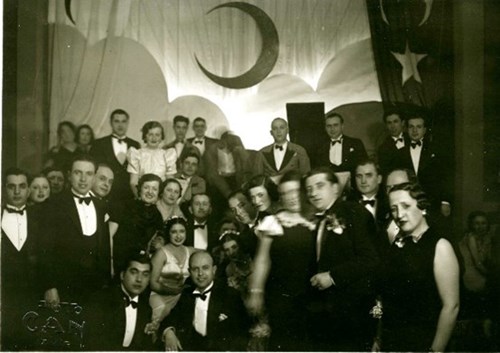
1914
First Calendar of Hilal-i Ahmer Association's Center for Women
First issued in 1914 by the Hilal-i Ahmer Association's Women's Branch and sold for a certain fee, the Calendar of Hilal-i Ahmer Association's Women's Branch was one of the annual sources of income for the Association. The calendar contained practical information aimed at women, introductory information about Hilal-i Ahmer, health tips and aphorisms.
1917
First Hilal-i Ahmer Exhibition
As World War I continued, the exhibition, which was held in 1917 with the help of German, Austro-Hungarian, and Bulgarian Red Cross organizations, remained open for 3 months. Products manufactured by the Center for Women were put up for sale in the exhibition, which welcomed more than 200 thousand visitors in total.
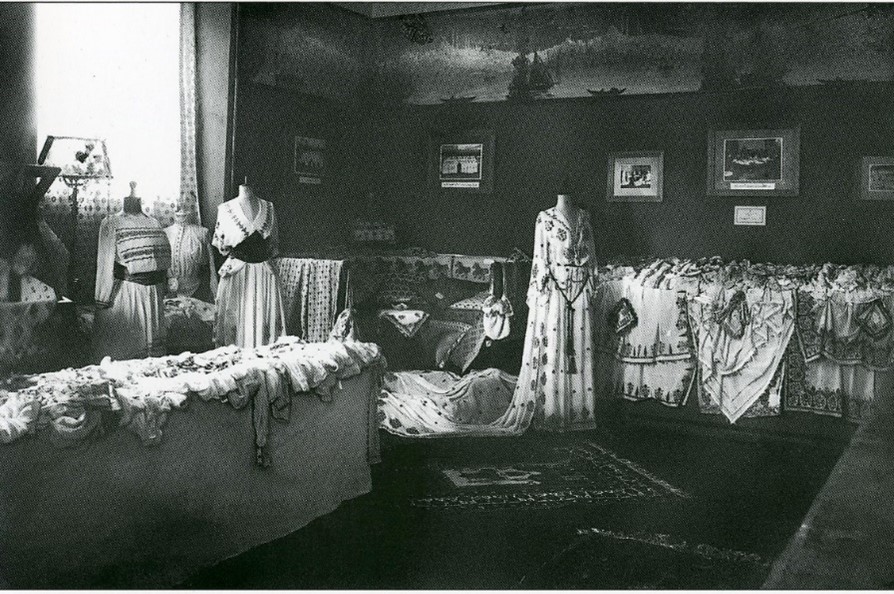
1918
First Hilal-i Ahmer Holiday Newspaper
The tradition of printing holiday newspapers, which started in 1917 during the Ottoman Era, was trusted to Hilal-i Ahmer, which needed more revenue during wartime, in 1918. Thus, Hilal-i Ahmer published its first holiday newspaper in 1918.







